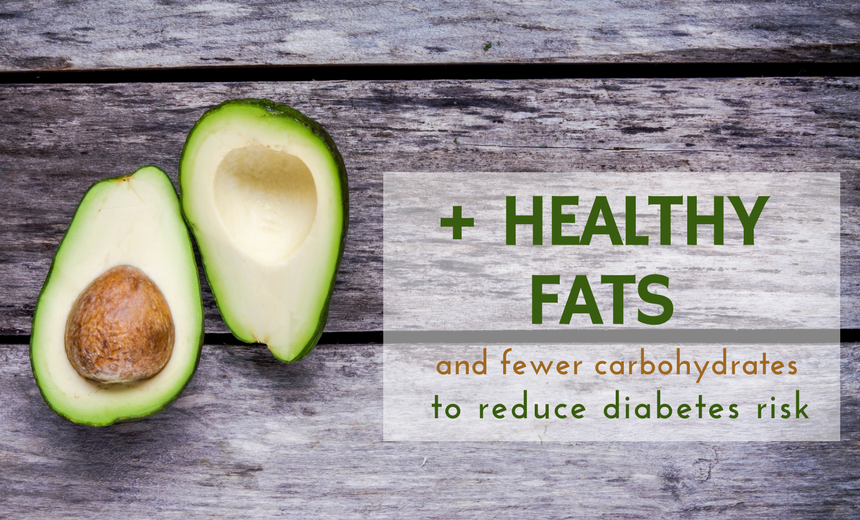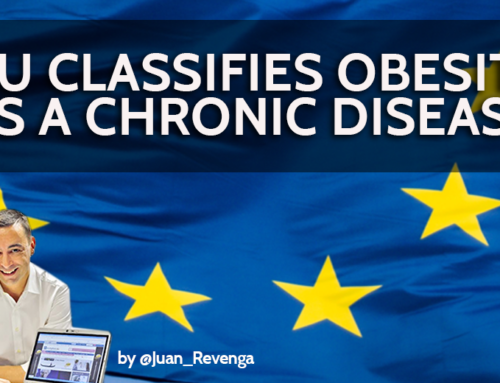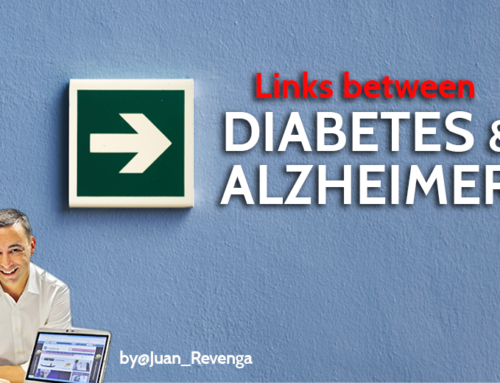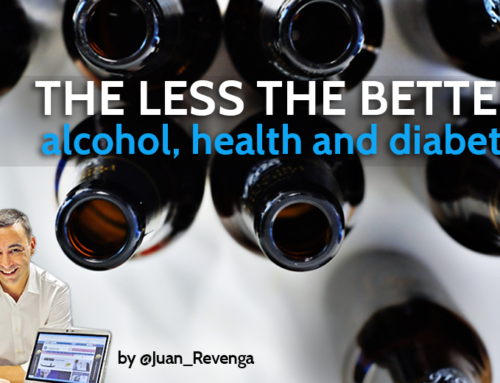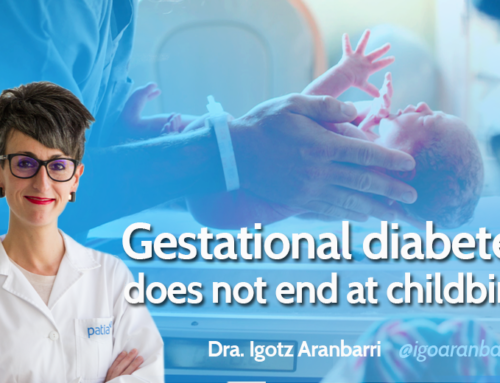More healthy fats and fewer carbohydrates to reduce type 2 diabetes risk
Including more unsaturated fats, shifting consumption of saturated fats and carbohydrates in the diet helps to reduce blood sugar and insulin levels, also contribute to prevent type 2 diabetes and helps its treatment.
The worldwide number of people suffering from type 2 diabetes has increased dramatically during the last years. It is not breaking news. It´s been foretell during the last two decades. As years go by this fateful reality has nothing but reasserted.
The current scene, and its outlook, keeps health administrations aware. Since this pathology, among others, is source of huge health system expenses. Therefore, health administrations are considering the need to work in prevention strategies. The role of the diet is key for this prevention. There is little difference of opinion on this. However, the effects (both preventive and palliative) that different fats and carbohydrates has in the diet has been controversial for years inside the scientific community. When it is time to establish best dietary guidelines, it has generated misunderstandings about the priorities for this specific problem.
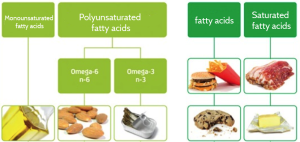 Fortunately, in the middle of last July, a large-scale study was published showing the new information under the title: Effects of Saturated Fat, Polyunsaturated Fat, Monounsaturated Fat, and Carbohydrate on Glucose-Insulin Homeostasis: A Systematic Review and Meta-analysis of Randomized Controlled Feeding Trials”
Fortunately, in the middle of last July, a large-scale study was published showing the new information under the title: Effects of Saturated Fat, Polyunsaturated Fat, Monounsaturated Fat, and Carbohydrate on Glucose-Insulin Homeostasis: A Systematic Review and Meta-analysis of Randomized Controlled Feeding Trials”
This study led by renowned researchers, did a systematic evaluation of all available tests to quantify the effect of different fats (saturated, monounsaturated and polyunsaturated) and carbohydrates of the diet on biological markers considered as “key” in the control of glucose and insulin related to the development of type 2 diabetes. They came to two outstanding conclusions:
- Dietary substitution of both carbohydrates and saturated fat by monounsaturated or polyunsaturated fat results in a positive effect on markers considered to be fundamental in controlling blood glucose.
- Among the different fats with which substitute both carbohydrates and saturated fats, the most consistent benefits were observed with polyunsaturated fats rather than with monounsaturated fats.
Before going into the dietary implications of these findings, it is necessary to emphasize the importance of these conclusions. For instance, replacing 5% of supplied energy by carbohydrates or saturated fats in a standard diet with monounsaturated or polyunsaturated fats leads to an approximate reduction of 0’1% of glycosylated hemoglobin (or HbA1c) which is a common marker of long-term blood glucose control. This data, which I imagine have had left you little cold, has considerable effect on the risk of type 2 diabetes: the authors pointed out that each reduction of this magnitude in HbA1c implies a 22% reduction in the risk of type 2 diabetes, and 6.8% of cardiovascular diseases.
What are saturated, monounsaturated and polyunsaturated fats?
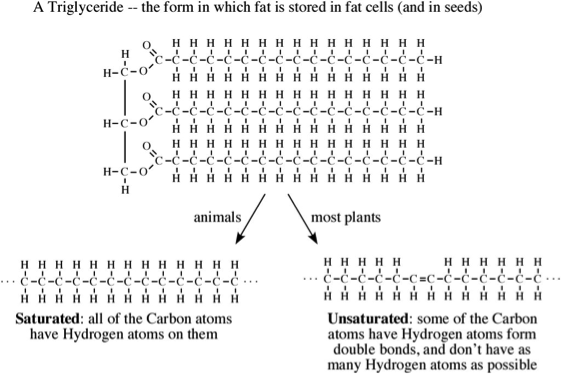
No need to embark on a tedious biochemistry class to assume that “saturation” of a fatty acid depends on the number of double bonds present in its carbon chain. This way, if a fatty acid has a single double bond that chain we say it is monounsaturated; if it has two or more is polyunsaturated; and if it has none we called it saturated acids.
Beyond these questions, what really keeps our interest is to know how to make a food substitution of these saturated fatty acids by those unsaturated ones (either mono or polyunsaturated).
How do we translate this into our daily menu?
The study yields few practical keys, interesting as well as eloquent: “translate into food, these results support the benefits of increasing the consumption of vegetable oils, nuts, fish and vegetable rich in unsaturated fats (like avocado), in place of animal fats, refined cereals, starches and sugars”.
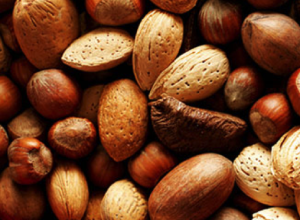
Having said so, for good or bad (since these findings underline those dietary guidelines already discussed) the practical implications of this study are only reinforcing the previous recommendations discussed in previous posts of this blog.
More precisely, the polyunsaturated fatty acids present in the diet mainly come from fish and, in less amount, some vegetable oils and dried fruits. The dietary inclusion of monounsaturated fatty acids comes a variety of dietary sources including red meats, dairy products, as well as dried fruits and vegetable oils. However, due to monounsaturated fats, some clarifications should be made. It is well stablished that the reasons why the cardiovascular and metabolic effects of these different sources of monounsaturated fatty acids vary so much are:
- Red meats, and specially the processed ones, appear to increase the risk of type 2 diabetes.
- Milk, cheese and yogurt seems to be relatively neutral or even beneficial.
- In addition, plan sources of monounsaturated fatty acids, such as nuts and virgin olive oil, show cardiovascular and metabolic benefits.
And, what is going on with carbohydrates?
Being source of carbohydrates, shall we remove fruits, whole grains and legumes? Again, the research gives no many details on the subject, but when it does it is blunt: “Our results shall not be extrapolated to the potential effects of carbohydrates in fruits, legumes or whole grains”. More than anything because when they evaluated the substitution of carbohydrates took nutrients (mainly starches, refined sugar …) that are hardly assumed as such in the prominent food sources.
In summary, little or nothing must change the dietary recommendations that have been recently made through this web, both to drive the diet of a person already with type 2 diabetes and those who somehow want to prevent it.
Juan Revenga, Dietician-Nutritionist and Biologist
Latest posts by Juan Revenga Frauca (see all)
- Obesity recognized as a chronic disease - 13 October, 2021
- Who said you have to eat everything? - 7 October, 2021
- Diabetes and Alzheimer - 29 January, 2021



